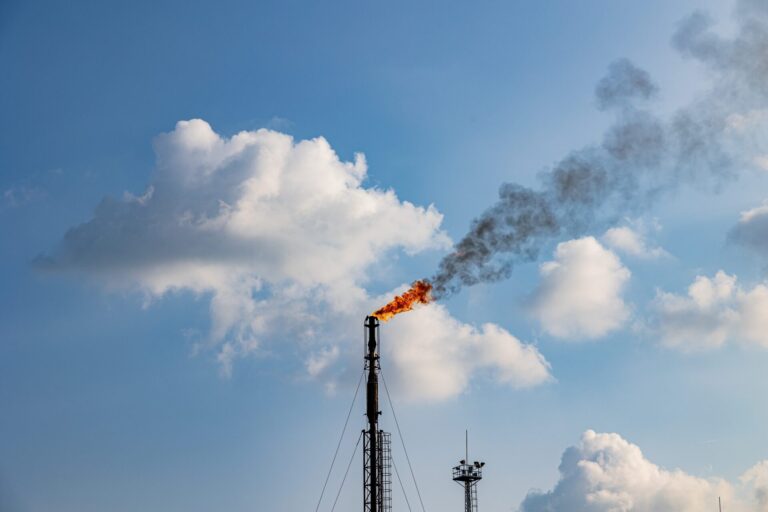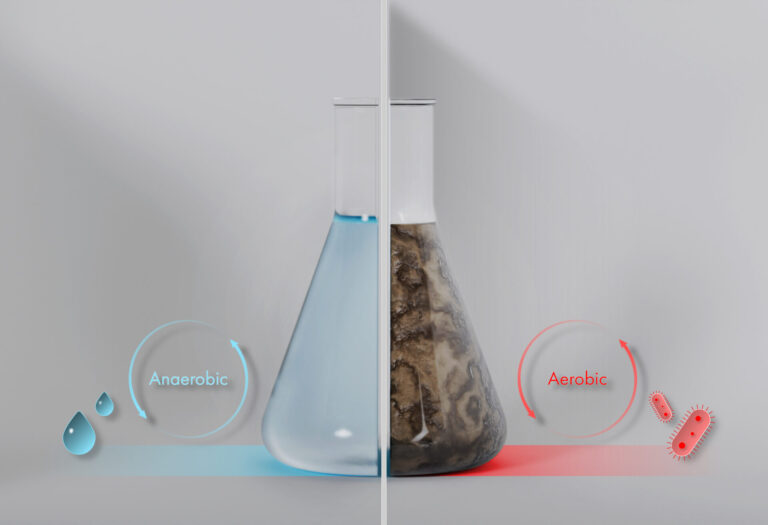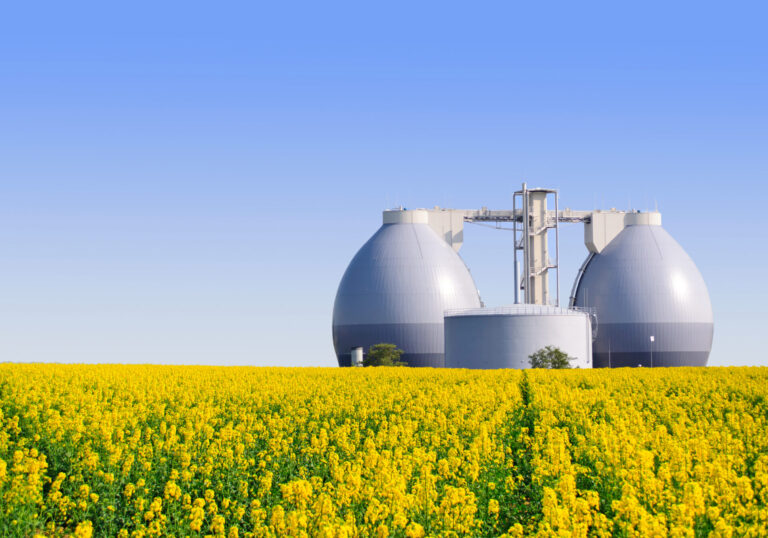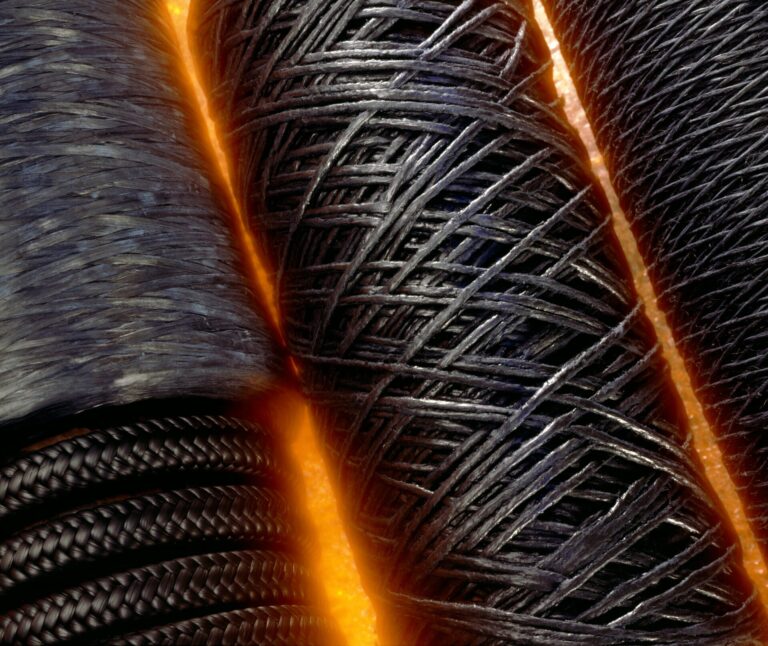Chemical Engineering | Environmental Science and Engineering
Magical mushrooms turn membranes green
Bio-inspired membrane materials from fungi mycelium are set to revolutionize separation technologies.

A bio-inspired approach that produces membranes for oil–water separation could enable more sustainable and ecofriendly ways to clean up crude oil spills.[1]
Janus membranes, which exhibit different properties on their opposite sides, are useful for oil–water separations. One side can display superhydrophilicity — an extremely high affinity for water and polar liquids — while the other side can be superhydrophobic, with an extremely high affinity for nonpolar liquids, such as oil and hydrocarbons.
This “superamphiphilicity” can be tailored to meet specific needs by fine-tuning the wetting properties of each membrane surface. However, most membranes are formed of petroleum-derived materials, which leave a large carbon footprint and are difficult to develop.
Recently graduated Ph.D. student Joyce Cavalcante and her supervisor, chemical engineer Gyorgy Szekely, have devised a method that exploits the root-like fibrous structure of fungi known as mycelium to generate superamphiphilic Janus membranes to separate oil from water.
Cavalcante explains that the method harnesses the self-growing nature of fungi-based materials, providing a dynamic and ecofriendly alternative to traditional membrane development.
Szekely says the approach was sparked by the documentary “Fantastic Fungi,”[2] which reveals how fungi wield incredible powers as natural recyclers and symbiotic architects — roles that are often overlooked. Mycelium can be moulded into various shapes for multiple applications ranging from furniture and construction materials to substitutes for leather. These materials use up waste and are compostable, which minimizes their environmental footprint.
The researchers produced a mycelium master culture from fresh oyster mushrooms and inoculated the resulting colonies on nanoporous membrane contactors, which mediated nutrient transfer while preventing fungal fibers from penetrating the growth medium.
The mycelium membrane was easily detached from the contactor surface. Its top surface was superhydrophobic and its bottom surface was superhydrophilic, consistent with its superamphiphilicity.
At the heart of mycelium growth are surface-active fungal proteins called hydrophobins, which have hydrophilic and hydrophobic patches. The hydrophilic patches attach to the hydrophilic contactor surface and so outwardly aligns the hydrophobic patches. “Engineered for nutrient transfer through a porous interface, this alignment creates a superamphiphilic Janus membrane,” Cavalcante says.
Oil-sorption tests showed that mycelium-based membranes exhibit dramatically higher oil–water selectivity than other polymer-based membranes, including Janus membranes. “These findings are promising for next-generation membranes with enhanced selectivity and sorption capabilities,” Cavalcante says.
The team is optimistic about their continuing work with mycelium-based membranes and aims to explore scalability, optimize manufacturing processes and further enhance performance. “Stay tuned for exciting developments in the intersection of mycomaterials and environmental innovation,” Cavalcante says.
Reference
You might also like

Environmental Science and Engineering
Combat climate change by eliminating easy targets

Chemical Engineering
Magnetic nanoparticles capture microplastics from water

Environmental Science and Engineering
Wastewater treatment to fight the spread of antibiotic resistance

Chemical Engineering
Biogas upgrading goes with a swing

Bioscience
Digging into the world of plant-growth-promoting microbes

Chemical Engineering
Stronger, lighter, cheaper: a new route to carbon fiber production

Bioscience
Unique microbiome discovered in mountain streams

Chemical Engineering




